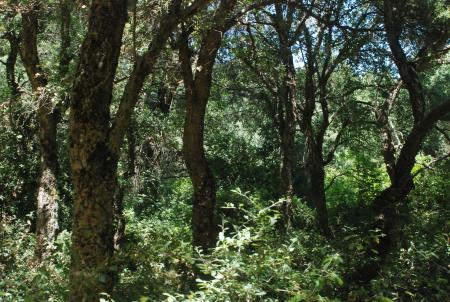
Objective:
This example show cases the possibility that some private companies, interested in processing cork, wood chips and wood, take-up forest management on behalf of private or public forest owners in a new private-private or private-public business model. This ensures the conservation of largely abandoned cork oak woodlands. The agreement foresees the possibility for the processing industry to ensure the mid and long-term supply of cork.
Context:
Cork oak woodland abandonment and the lack of raw material for the processing industry are the two main problems affecting the cork sector. Cork oak woodland management by private and public forest owners has become economically unviable, leading to land abandonment. This leads to shrub encroachment and cork oak disappearance for competition with other species.
Contacts:
Tommaso La Mantia, tommaso.lamantia@unipa.it, https://www.unipa.it/persone/docenti/l/tommaso.lamantia/
Sala Giovanna, giovanna.sala@unipa.it https://www.unipa.it/
Alfonso Filippo, filippo.alfonso.92@gmail.com(https://www.syfar.com/)
Daniele Tedesco, danit91@hotmail.it (https://www.syfar.com/)
Further information:
Tedesco D., 2019 - Nuove tecniche per la gestione dei sistemi agroforestali con la Sughera in Sicilia. Tesi di Laurea, Relatore La Mantia T., Laurea Magistrale in Scienze e Tecnologie Forestali e Agro-ambientali.